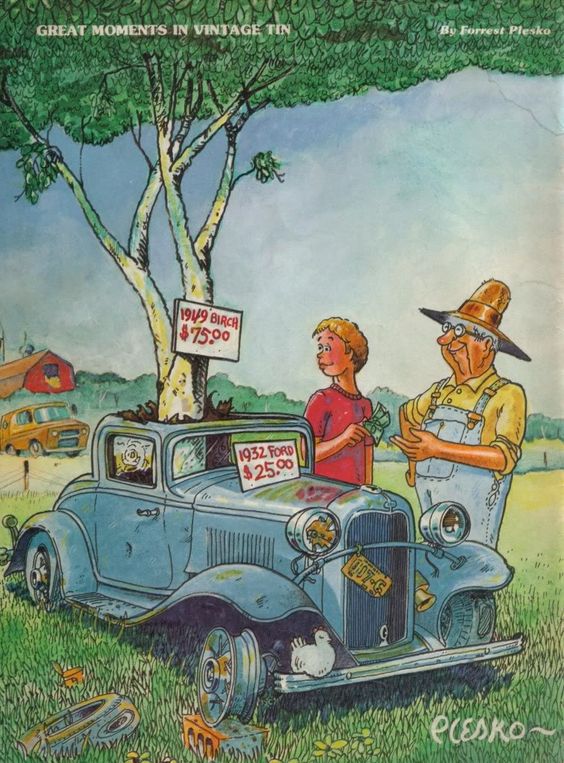I am afraid all these Teslas will have a short life, UNLESS the aftermarket can provide more advanced battery replacements.
Lighter and safer.
If that happens these cars might be on the road a long time. And while it might happen for the millions of Teslas, EV Porsches are too rare for a cheap replacement to exist. Like all Porsche parts they will fly high.
There’s something called a cascade failure. Computers and electronics (and the nationwide power grid as well) will all suffer these failures at one time or another if they are poorly designed.
In structural engineering we call these things a zipper failure. A collapsing building comes down as a zipper, “opening” faster and faster as it pulls itself down/apart.
Here’s a cascade situation where to heat or charge your car in very cold weather, you must first heat the battery that runs the cabin heater with a battery heater.
If everything runs too low, the electronics in the car will not work at all. Dead Teslas were getting towed off the streets because they blocked traffic.
Also: Mguy tells us why Lithium is such hot stuff.
Credit to the
#wallstreetjournal for breaking this story:
Under an Energy Department rule, carmakers can arbitrarily multiply the efficiency of electric cars by 6.67.
This means that although a 2022 Tesla Model Y tests at the equivalent of about 65 miles per gallon in a laboratory (roughly the same as a hybrid), it is counted as having an absurdly high compliance value of 430 mpg.
That number has no basis in reality.
DC regulators kept a special EV subsidy related to this, a secret. Regulators could announce what sounded like stringent targets, and carmakers would nod along, knowing they could comply by making electric cars with arbitrarily boosted compliance values. Consumers would unknowingly foot the bill and the headaches.
After environmental groups pointed out the illegality of this charade, the Energy Department proposed eliminating the 6.67 efficiency multiplier for electric cars, recognizing that the number “lacks legal support,” and has “no basis.”
Without the multiplier, the Transportation Department’s proposed rules are completely unattainable. The Journal noted this scandal is buried deep in the Federal Register—on page 36,987 of volume 65.
Since the tax credits “lack legal support,” and have “no basis”, all the beneficiaries should have to return their illegal gains. The biggest beneficiary is Tesla. This is where Tesla makes its profits. They sell the carbon credits to other brands that don’t make and sell enough EVs to meet the EPA standards. All other brands lose money on each electric vehicle. It’s not known who exactly bought the credits and for how much, but they are sold to other car companies that missed out on emissions standards of the
#california Air Resources Board.
Just to be clear, this is wrong morally, and likely is illegal if challenged in court. This is a massive scandal reminiscent of the diesel-emissions cheating that rocked
#germany automakers. This was the governments way of getting automakers on boards with EVs. Forcing them into compliance.
Now the government is going to remove this EV factor and implode automakers because they will not be able to comply with the EPA's regulations. This inflated figure is not simply a boastful statistic. It serves as
a conduit for carmakers to accumulate compliance credits, which can then be traded for cash. This issue remained largely invisible to the public eye until recently, when environmental groups brought its illegality into the spotlight.

















































